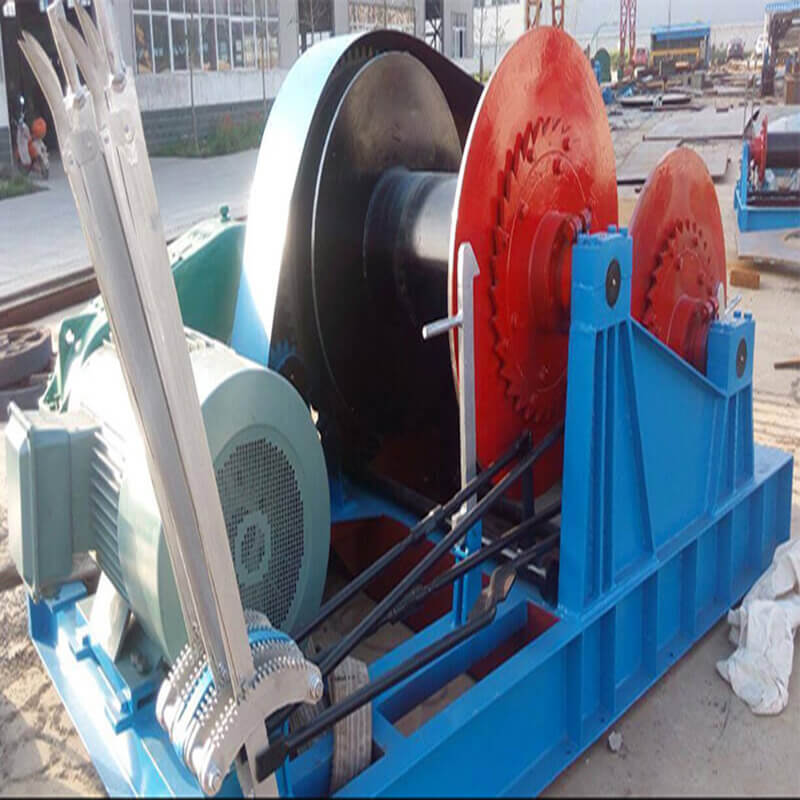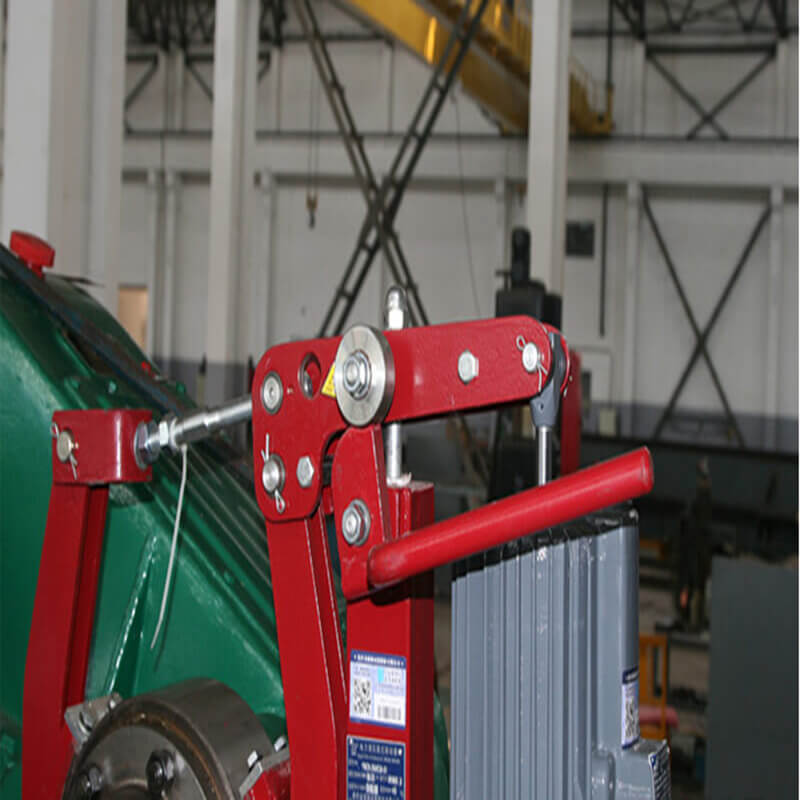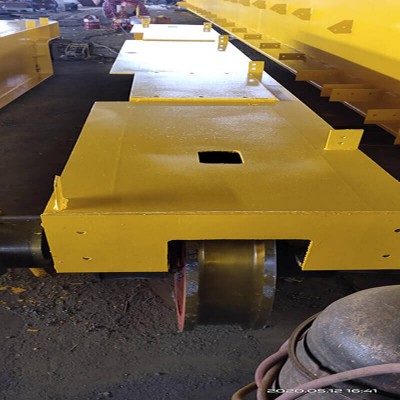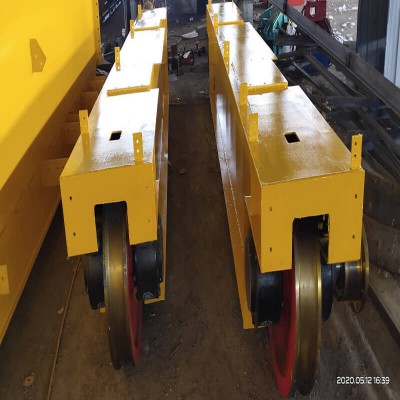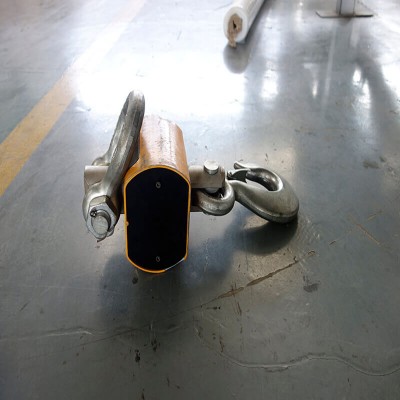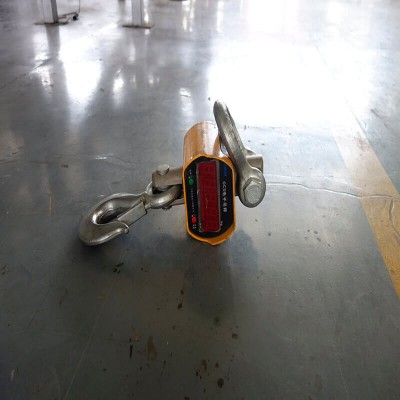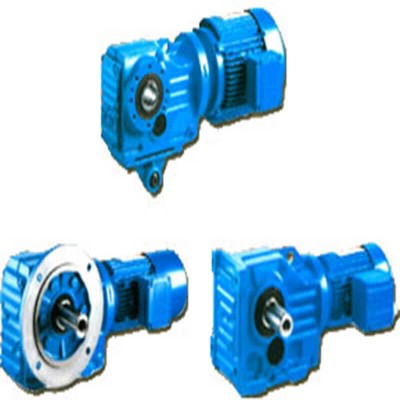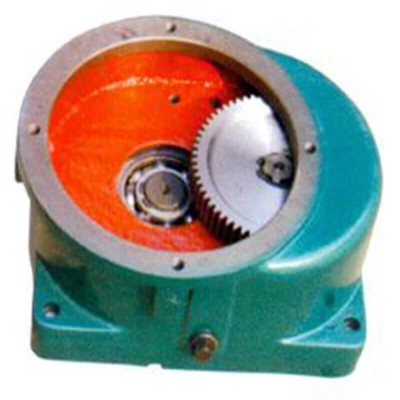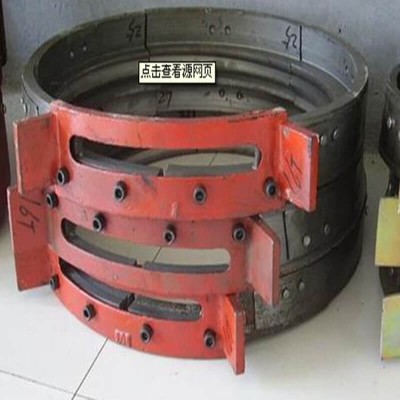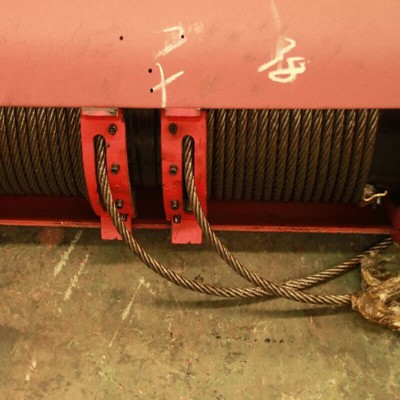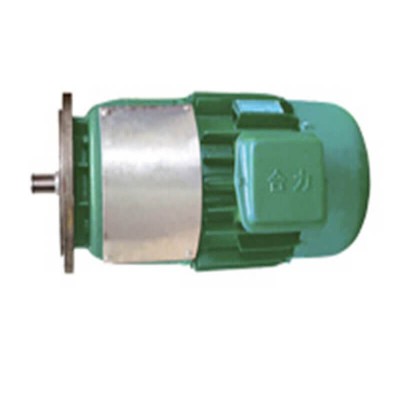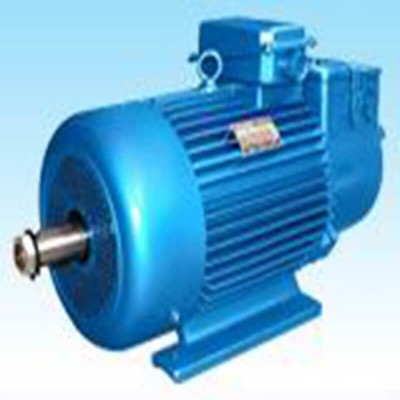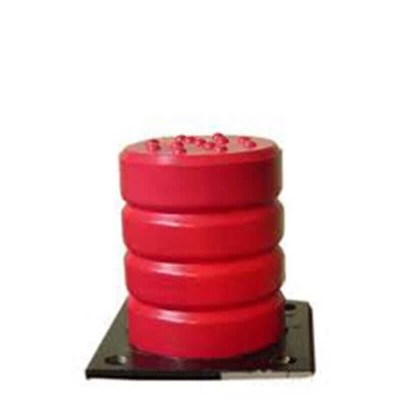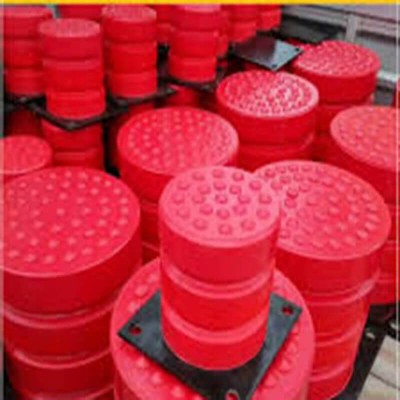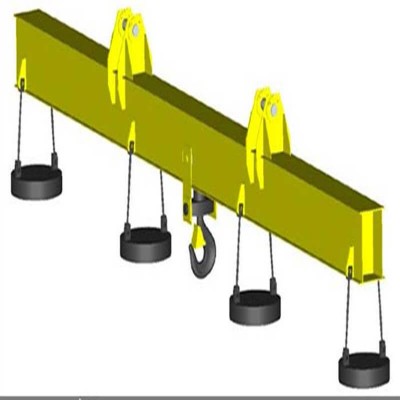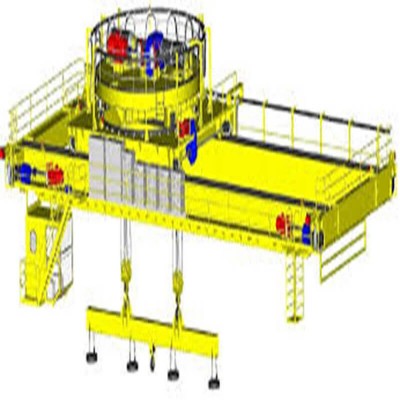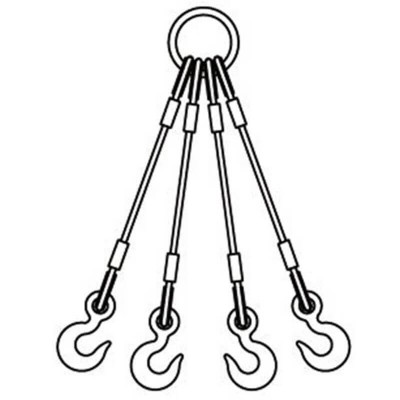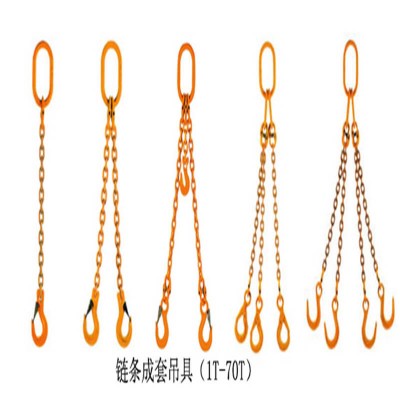Dongqi Cranes with brakes
$0.00Crane brakes not only function as a control purpose, but also functions as a safety device. With crane brakes, a crane can speed up or slow down its vertical motion as well as control the rising or lowering goods to stop stably at a required height. Another use of the crane brake is in the crane traveling or luffing mechanism, where it allows the mechanism to stop at a pre-set location.
Applications of crane brakes
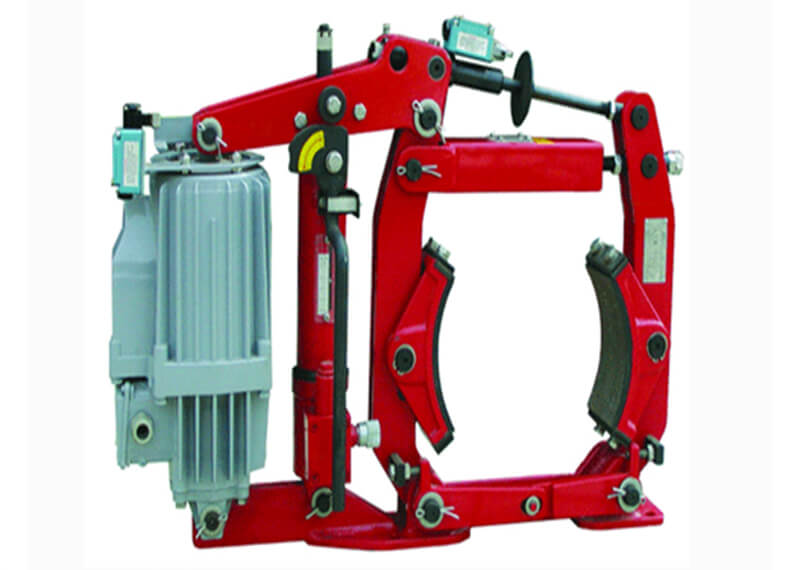
The crane brakes cane be application in various industries, such as, Transformer, storage and logistics, machining, aerospace, nuclear power, waste management, automobile, papermaking, wind power, steel, metallurgy, material handling, nuclear power, and petrochemical industries.
Crane brake devices
Crane brake devices are divided into crane brakes and stops.
Crane brake: use friction to convert part or all kinetic energy of mechanical motion into heat energy, and achieve the purpose of deceleration or braking.
Stop: the use of mechanical backstop to support the object, to achieve the purpose of not moving the object.
Functions of crane brake
The crane brake device has the following functions: Support; Speed regulation or speed limit; Braking.
Basic requirements for crane brake
The crane brake should meet the following basic requirements:
A. Crane brake torque can be generated to meet the requirements.
B. The crane brake and crane brake quickly and steadily, action is accurate and reliable.
C. The wear resistance and heat resistance of friction parts are good.
D. Compact structure and small size.
E. Adjustment and maintenance are convenient.
Crane brake type is divided into structure, block type, belt type and disk type according to structure; according to the working state, there are two types of normally closed and normally open.
Normally closed crane brake: when machine doesn’t work, the crane brake operation; when machine work, the crane brake release.
Open type crane brake: crane brake is often in the release state, only when required.
Structure and type of block crane brake
Advantages: block crane brake structure is simple, convenient installation and adjustment, widely used in various types of electric crane.
Block crane brake is divided into electromagnetic block crane brake and hydraulic crane brake block.
The electromagnetic crane brake block is divided into short distance and the long distance.
(1) electromagnetic block crane brake
Short stroke electromagnetic block crane brake
Advantages: on the crane brake, crane brake action quickly; small volume and light weight; the hinge less death stroke is small; and the crane brake pad crane brake arm, the crane brake pad and the crane brake wheel contact wear uniform, uniform.
Disadvantages: suction is limited, is often used in braking moment smaller institutions, crane brake wheel diameter is not greater than 300 mm.
Therefore, when the crane brake torque is large, the electromagnetic block crane brake must be long stroke.
Compared with the hydraulic block crane brake, electromagnetic block crane brake big disadvantage is the electromagnet big impact, cause the mechanism of vibration.
Because of the frequent starting, braking and electromagnet collision, the service life of electromagnet is reduced, so it is necessary to overhaul and replace it frequently.
(2) Hydraulic push rod crane brake pad
The hydraulic push rod releaser in hydraulic push rod crane brake pad, is an independent part of the hydraulic rod into electric hydraulic push rod and electromagnetic hydraulic push rod.
Electric hydraulic push rod:
Advantages: smooth movement; unit time of high engagement, thrust constant; motor power is small.
Disadvantages: due to the large inertia of motor rotor and lever system, long time of crane brake and release, it is not suitable for lifting mechanism.
Electromagnetic hydraulic push rod:
Advantages: both hydraulic crane brake and electromagnetic crane brake two advantages, stable braking, no noise, reliable work, long life.
Disadvantages: complex structure, high cost, difficult maintenance, popularization and application is limited.
Safe use of crane brakes
The reliability of the crane brake is critical. First, the structure and performance of the crane brake must be mastered. The fault and its causes must be very clear. It needs to regular inspection and maintenance.
(1) Common faults and causes
a. Insufficient braking torque:
• Crane brake belt or crane brake wheel worn seriously or partially damaged;
• There is oil stain or loose main spring between crane brake belt and crane brake wheel;
• Some parts are stuck, worn, loose and so on, such as movable hinge clamping, locking nut loose, resulting in adjustment lever loose;
• The drive system of the slack crane brake is inflexible.
b. The crane brakes suddenly failed:
• Severe wear or damage of crane brake belt;
• The long stroke electromagnet is stuck or the rod is dropped between the armature and the horizontal lever.
• Crane brake main parts damaged or main spring failure;
• Hydraulic push rod or hydraulic electromagnetic push rod do not move;
• Electrical failure and so on.
(2) Inspection and maintenance of crane brakes
The crane brake of the lifting mechanism must be checked once every operation starts; the crane brake of the running mechanism should be inspected every two to three days.
Stress inspection: Transmission system of crane brake; Crane brake wheel; Crane brake belt; Crane brake lever system; Hydraulic system.
(3) Safe use of crane brakes
After the crane brake is adjusted, the braking distance, braking torque and lifting load must be tested before the use of the crane brake, and the work can be done after the normal operation is //confirm/i/ied.
After the crane brake is closed, the suspension object or car body should have a sliding distance within the unit time, that is, the inertia stroke.
The inertial travel is called braking distance when lifting rated load.
Operating mechanism: the braking distance is about 7% of the running speed (m/min).
Lifting mechanism: braking distance is about 1% of the lifting speed (m/min).
The crane brake must be able to reliably withstand 1.25 times the rated load.
Before each job, the object should be lifted away from the ground 100~200 mm, to observe whether the crane brake work is normal. After confirmation of the normal, you can start the operation.
Crane Stop
Main functions: support function; backstop effect; overrunning clutch function.
Commonly used stops are: ratchet wheel; roller type; belt type.
FAQ on crane brakes and maintenance
Crane brake is a very important parts of types of cranes for the sake of crane safety, which requests check once every shift. In the following, there are the frequently asked question on crane brake maintenance for your reference.
1. Braking torque decreases
This is because the crane brake wear, main spring gradually relax or crane brake bracket of each hinge point to causes such as hole or shaft wear is too large, if the crane brake wear to half the thickness of the original belt was replaced.
The pin shaft wear is more than 5% of the original diameter, ovality to replace more than 1mm, when 5% more than the original aperture, hole wear available reamer reaming, and to make corresponding pin.
If the hole wear is very big, can be used after reaming jacketed or pastry processing hole to repair again after welding.
2. Crane brake fails suddenly.
this may be due to crane brake is badly worn or take off, long stroke crane brake core on the bracket or frame, sometimes connection electromagnet and the traction bar connection plate of small shaft slipping out, make a connection plate back down on the frame, sometimes hydraulic push rod pressure on the shell, there is also a spring failure or damage reasons such as Crane brake bracket, the Crane brake can not hold brake wheel and cause, in addition to the replacement and repair the damaged parts, crane brake should be adjusted.
3. Crane brake temperature increases, braking with smoking
This is mainly due to install is not good. Crane brake while open sometimes, but there is a Crane brake band never left Crane brake wheel, friction each other at work, make the temperature of the Crane brake wheel short time up to 300 ~ 400 degree, crane brake with smoking, should timely adjust the crane brake the brake wheel brake surface parallel.
Sometimes in summer in the high temperature workshop work continuously the lifting mechanism of crane brake wheel, also can appear the high temperature situation, should be timely to cool, the rise of temperature of the crane brake wheel used in crane, generally no higher than the environment temperature of 120 degree, the surface temperature of the winter (below zero 20 degree) -- it is usually below 50 degree, the best cooling method, high temperature crane brake wheel of empty hook hoisting mechanism in running a quadratic limit scope, from 300 to 400 to around 70 (environmental temperature around 20 degree), should be paid attention to in the high temperature when the crane brake tight brake, after cooling may become very loose, need to adjust the crane brake.
4. Crane brake can't open it
It may due to the hinge point card death cannot turn the main spring force is too large, hydraulic push rod hydraulic solenoid or lack of oil or air in cylinder no is put, coil burned or rectifier component, there is something wrong with the line, the voltage is too low, after find out the reason, should be timely repair. Braking of each hinge point application of thin oil pouring once a week, make its can reduce wear and flexible rotation.
5. Maintenance of crane brake
Crane brake of the articulated point should according to the lubrication condition on a regular basis, at least once every each week.
Working under the environment of high temperature lubrication once every three days. Lubrication can not dip lubricating oil friction to the Crane brake lining or Crane brake wheel surface.
Keep clear of in time between the Crane brake lining and Crane brake wheel grime.
Hydraulic push rod segment or Crane brake drive the oil change once every six months.
If discover oil with mechanical impurities, the device should be opened entirely, wash the parts with gasoline, and then to assemble, sealing ring should be taken before assembly with clean oil infiltration, to ensure the sealing performance after installation. But when cleaning, the coil is not allowed to clean with gasoline.
More information on crane brakes, overhead crane, gantry crane, jib crane, electric hoist,electric winch and other types of liting equipment or crane parts, please feel free to contact us.
Contact Supplier
LINKS : Dongqi Crane



